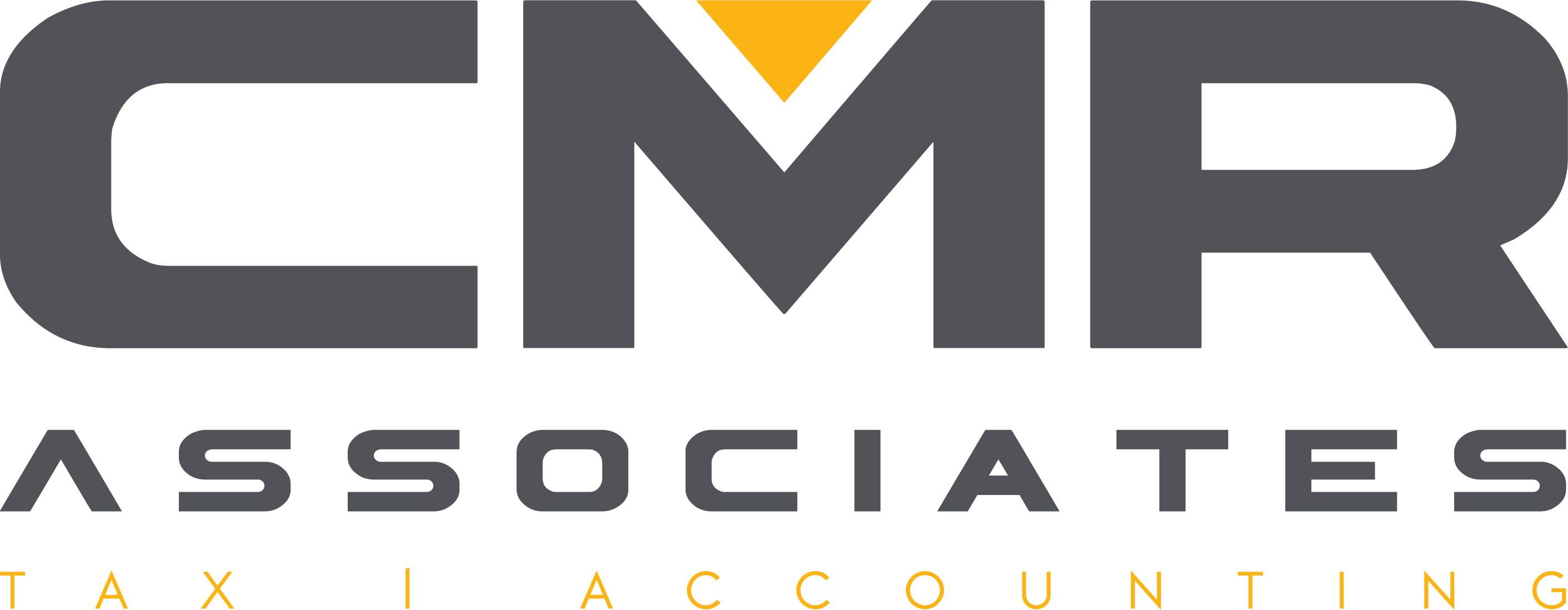Summer: A good time to review your investments

You may have heard about a proposal in Washington to cut the taxes paid on investments by indexing capital gains to inflation. Under the proposal, the purchase price of assets would be adjusted so that no tax is paid on the appreciation due to inflation.
While the fate of such a proposal is unknown, the long-term capital gains tax rate is still historically low on appreciated securities that have been held for more than 12 months. And since we’re already in the second half of the year, it’s a good time to review your portfolio for possible tax-saving strategies.
The federal income tax rate on long-term capital gains recognized in 2019 is 15% for most taxpayers. However, the maximum rate of 20% plus the 3.8% net investment income tax (NIIT) can apply at higher income levels. For 2019, the 20% rate applies to single taxpayers with taxable income exceeding $425,800 ($479,000 for joint filers or $452,400 for heads of households).
You also may be able to plan for the NIIT. It can affect taxpayers with modified AGI (MAGI) over $200,000 for singles and heads of households, or $250,000 for joint filers. You may be able to lower your tax liability by reducing your MAGI, reducing net investment income or both.
What about losing investments that you’d like to sell? Consider selling them and using the resulting capital losses to shelter capital gains, including high-taxed short-term gains, from other sales this year. You may want to repurchase those investments, so long as you wait at least 31 days to avoid the “wash sale” rule.
If your capital losses exceed your capital gains, the result would be a net capital loss for the year. A net capital loss can also be used to shelter up to $3,000 of 2019 ordinary income (or up to $1,500 if you’re married and file separately). Ordinary income includes items including salaries, bonuses, self-employment income, interest income and royalties. Any excess net capital loss from 2019 can be carried forward to 2020 and later years.
Consider gifting to young relatives
While most taxpayers with long-term capital gains pay a 15% rate, those in the 0% federal income tax bracket only pay a 0% federal tax rate on gains from investments that were held for more than a year. Let’s say you’re feeling generous and want to give some money to your children, grandchildren, nieces, nephews, or others. Instead of making cash gifts to young relatives in lower federal tax brackets, give them appreciated investments. That way, they’ll pay less tax than you’d pay if you sold the same shares.
(You can count your ownership period plus the gift recipient’s ownership period for purposes of meeting the more-than-one-year rule.)
Even if the appreciated shares have been held for a year or less before being sold, your relative will probably pay a much lower tax rate on the gain than you would.
Increase your return
Paying capital gains taxes on your investment profits reduces your total return. Look for strategies to grow your portfolio by minimizing the amount you must pay to the federal and state governments. These are only a few strategies that may be available to you. Contact us about your situation.





